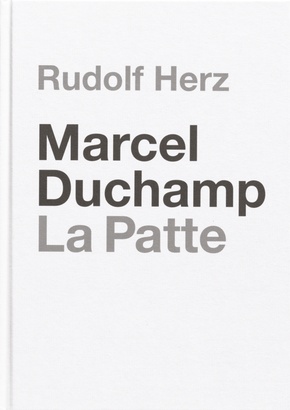| Verlag | Kerber Verlag |
| Auflage | 2024 |
| Seiten | 80 |
| Format | 17,5 x 1,1 x 24,8 cm |
| Gewicht | 374 g |
| ISBN-10 | 3735609821 |
| ISBN-13 | 9783735609823 |
| Bestell-Nr | 73560982A |
Ein Foto von Marcel Duchamp, aufgenommen 1912 in München, dient mehr als hundert Jahre später als Vorlage für siebzehn Zeichnungen. Im Auftrag des Konzeptkünstlers Rudolf Herz haben sich Pariser Straßenmaler Duchamps radikal ausdrucksloses Fotoporträt angeeignet, jeder mit seiner ganz eigenen künstlerischen Handschrift. Dabei führte gerade Duchamps Münchner Zeit zu seinem Entschluss, sich von jeder Form künstlerischer Handschrift, der "patte", der "Tatze", zu befreien. Herz' These: Duchamps Foto nimmt die Entwicklung vorweg, die durch seine revolutionäre Idee der Readymades sichtbar wird.Marcel Duchamp. La Patte ist eine ironische Replik auf Duchamps Entschluss und reflektiert spielerisch, assoziativ die fundamentale Wende in seinem Schaffen. Die Textbeiträge u.a. von Antje von Graevenitz skizzieren die kunsthistorischen Zusammenhänge.
A photograph of Marcel Duchamp, taken in Munich in 1912, serves more than a hundred years later as the starting point for seventeen drawings. Commissioned by the conceptual artist Rudolf Herz, Parisian street painters appropriated Duchamp's radically expressionless photographic portrait, each adding their own unique artistic signature. Duchamp's time in Munich in particular led to his decision to free himself from any form of artistic signature, the "patte", or "paw". Herz's thesis: Duchamp's photograph anticipates the development revealed through his revolutionary idea of readymades.Marcel Duchamp. La Patte is an ironic response to Duchamp's decision and reflects in a playful and associative way the fundamental turning point in his work. Texts by Antje von Graevenitz and others outline the art-historical context.

